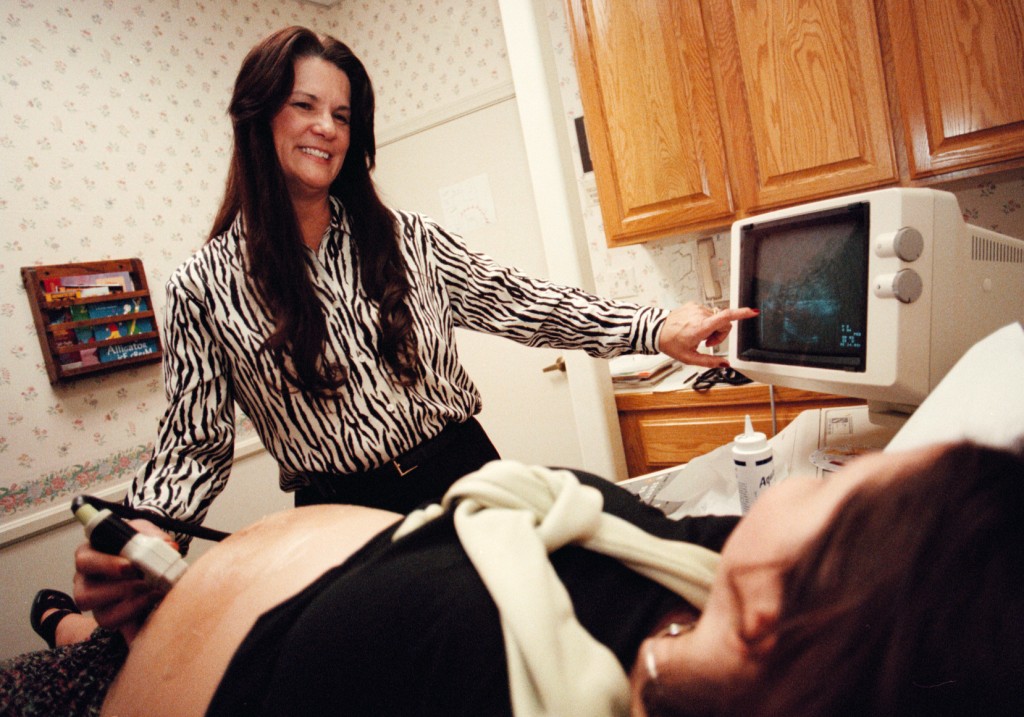Earlier in the week we received a last-minute Carnival of Wealth submission from our favorite site never to have previously submitted to a CoW. Rather than cram their submission in and give it only a paragraph or two of attention, we figured it deserved greater analysis.
Timeless Finance is run by the remarkable Joe Wood and Adina J., who are two of the rarest specimens known to man: they’re opinionated, iconoclastic Canadians. Yes, such things exist, although they usually end up emigrating. Their site is a trove of outspokenness and common sense, qualities scarce in a society where most people can’t see beyond their latest Facebook update.
One of Timeless Finance’s favorite targets is yet another personal finance blog, this one run by a couple of married hippies/government employees with matching macraméd hats. Not that the hippies’ choice of headwear is necessarily worth criticizing, at least not when compared to their choice of childbirth. They used a midwife, and like most people of a crunchy persuasion, are convinced that their way of doing things is nonpareil on both an individual level and a global one. Using a midwife saves money, the script says. It’s better for Junior. Mother Gaia smiles on any couple who conserve resources by refusing to patronize the heartless medico-industrial complex and its physicianing brownshirts.
The Timeless Finance duo were just a little displeased with this advocacy of obsolete birthing methods. Their data is unmistakable, their argument so ironclad that it barely needs explaining, but here goes. Bringing an earthy lady with no qualifications but a pillow over to your efficiency apartment to deliver your baby is lunacy, when we have these people called obstetricians who work in sterile environments with incubators, ventilators and pulse oximeters on hand. You know, hospitals. If something goes wrong, maybe it’s a good idea for it to go wrong in a maternity ward with a neonatal intensive care unit.
In previous centuries, pregnancy was almost a coin flip for a woman. Make it out without bleeding to death, and perhaps one day you’d be lucky enough to again get impregnated with another future farmhand. Today, “childbirth complications” often mean nothing more than an emergency caesarean section. Most modern non-emo women would agree that a purple scar is less traumatic than a tombstone.
But not the aforementioned hippies, at least not when applying their own brand of illogic. They’re convinced that midwives beat M.D.s, and use some arcane arguments to back that up. Paraphrasing:
- Hospitals don’t let you eat before giving birth. At home you can have yogurt, granola, and other stereotypical foods. (Of course, hospitals prohibit feeding women in labor solely to punish them.)
- When you go to a hospital, you have to “worry about paying for parking and gas money.” That’s a quote. Fueling up the Prius a few days earlier and parking in an emergency space, should it come to that, never entered into these folks’ heads.
- “if you are not driving it’s a greener choice too, less carbon dioxide in the atmosphere!”
Enough. Never mind that that drive to the hospital would increase world CO2 output by .00000000000000000000000000000000000001%, but as Joe pointed out, exactly how does the midwife get to the house? Or does a truly ecologically attuned couple restrict themselves to doing business with midwives who take only the bus or a bicycle? And how much CO2 does Trek emit with every bike they manufacture, anyway? And…
Alright, we’re getting immersed in the absurd minutiae of the environmentally sanctimonious. (And of a blogging couple who had some paragraphs to fill.) Timeless Finance pointed out how dangerous it is to have a child by “natural” means, citing the points made above and other equally relevant ones. To the hippies’ credit, they backed away and realized their error.
Of course they didn’t. They dug in, relying on ad hominem attacks and non sequiturs (“4 years to be a midwife. Did you know a person can be a financial planner just as quickly?”) to justify their decision to put their baby at risk.
Instead of our encapsulation of the issue, you really need to read the comments in the above referenced article. (Here’s another link, save you from burning any unnecessary CO2 if you were to scroll up the page.)
So…if you’re wondering what this has to do with personal finance,
Plenty. We all have to prioritize. Even Sheldon Adelson can’t buy everything, and you can be sure he looks at the price tags on the things he does buy.
If you’re here, then you’ve probably read another personal finance site or two at some point. Which means you’ve noticed disproportionate attention paid to the topic of frugality. Cut, cut, and cut some more. Spend a Saturday clipping coupons and you can save $4.21 on your next trip to the supermarket. Recycle your Ziploc bags. Don’t pay for a hospital visit when you can hire a midwife on the cheap and maybe even pay her in pesticide-free produce.
Or, you could spend intelligently.
There are places where it makes sense to economize. Audio cables (They’re all the same.) Sunglasses (You’re going to lose or break them.) Shower flip-flops ($3 to avoid athlete’s foot is a bargain.)
And there are places where it’s your moral duty to stop rationalizing and open up your wallet. Having a child would be one of them.





